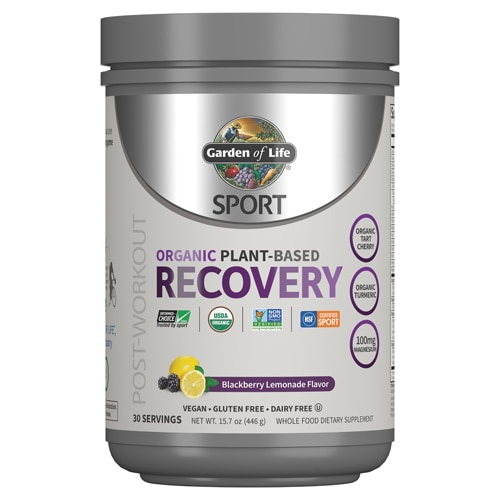Switching to a high-intensity interval training plan can take your workout to a new level in 2017 – and provide key benefits lacking in other exercise programs.
High-intensity interval training (HIIT) – in which you alternate intense bursts of activity with more relaxed recovery periods – probably sounds intimidating to couch potatoes, "weekend warriors" and dedicated exercisers alike.
But recent research suggests a slew of surprising benefits associated with shorter, more intense bursts of activity. Following are four benefits of changing to a HIIT workout regimen this year.
1. You're likely to find workouts more enjoyable
In a typical bout of high-intensity interval training, you might exercise for a total of 30 minutes. During that time, you alternate short bursts of intense effort with more relaxed recovery periods.
The method can vary. For example, you might sprint for 30 seconds, then slow down to a walk or jog for a longer period of time – such as one minute – before returning to a sprint and repeating the pattern.
Fitter individuals might shorten the recovery period so that it equals or is even shorter than the period of intense exercise.
All of this might sound like a recipe for misery, but kinesiology researchers at McMaster University in Hamilton, Ontario, found otherwise.
In a six-week study, they asked one group of participants to exercise at a moderate level. A second group was asked to work out using high-intensity interval training.
Initially, both groups reported similar levels of enjoyment. But as the HIIT group became more fit, their enthusiasm for exercise increased. On the other hand, participants in the group of moderate exercisers reported levels of satisfaction that stayed the same or decreased.
The key to making interval training enjoyable is to find the right activity, says Len Kravitz, coordinator of exercise science at the University of New Mexico in Albuquerque.
"Try to find the HIIT programs you enjoy, because in the long run people have better exercise adherence when they enjoy the program," he says.
2. You can work out less and get more benefit
HIIT training is short and intense. That can save you a lot of time in the gym or out on the running trail, Kravitz says.
In fact, the kinesiology professionals at McMaster found that just 10 minutes of intense interval training can provide health benefits – as measured by cardiorespiratory fitness and insulin sensitivity – equal to what you would obtain in a 45-minute workout at a more moderate intensity.
"An exerciser is able to save exercise time with equivalent – or even better – health benefits," Kravitz says. "This is a real plus for the person who is challenged with finding time to exercise."
3. You can boost heart health and lower the risk of type-2 diabetes
Like every form of aerobic exercise, high-intensity interval training is great for your heart. It also can improve insulin sensitivity, which can help reduce your risk of developing type-2 diabetes.
Kravitz cites several other health benefits associated with interval training, including:
- Improvements in aerobic and anaerobic fitness
- Better blood pressure readings
- Healthier cholesterol profiles
Some people worry that high-intensity interval training might be dangerous. And of course, it's always wise to see your doctor before starting any exercise program.
But the folks at Harvard Medical School say that as long as you are healthy and start gradually, interval training "should not present major risks."
4. You're more likely to lose weight
A 2011 study published in the Journal of Obesity found that standard aerobic activity had little effect on reducing an individual's body fat.
By contrast, the same study concluded that high-intensity interval training "may be more effective at reducing subcutaneous and abdominal body fat than other types of exercise."
Despite such findings, Kravitz believes the jury is out on whether HIIT is the answer for people trying to achieve long-term, sustainable weight loss.
"This is a question that needs definitive investigation," he says. "At this time, it is best to say that HIIT has been shown to be effective in reducing abdominal fat and body weight."





